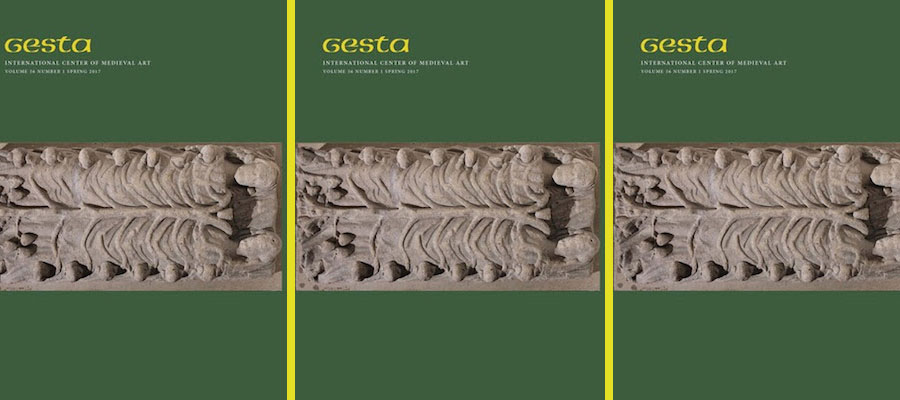Anna Sitz. “’Great Fear’: Epigraphy and Orality in a Byzantine Apse in Cappadocia.” Gesta 56, no. 1 (Spring 2017): 5-26.
Close examination of the apse painting of Christ in Glory in the Pancarlık church in Cappadocia, Turkey, from the ninth or tenth century, reveals the important role of painted inscriptions in this program. The prominent central epigraph has been published previously, but with uncertainty about the reading of damaged letters. With the text of this inscription here confirmed, its significance becomes clear. The epigraph mentions “great fear,” which proves key to interpreting the apse program and the intended viewer response. It can be related to two other Cappadocian inscriptions, heretofore read incorrectly and not connected with the Pancarlık example. I propose that this group of rhythmic but nonmetrical inscriptions represents a local, oral tradition, an element of popular piety generally lost to scholars. The Pancarlık apse inscription draws on this tradition but transforms it to heighten its impact on the viewer. I also present additional dipinti from the apse, including one in an unusual mirror-image script. Together with the Christ in Glory in the apse, the painted inscriptions are active agents that create a space for personal reflection and emotional response by well-educated ecclesiastics and barely literate laypersons alike; it does not require extensive theological or exegetical knowledge. The Pancarlık church therefore encourages us to explore the sophisticated use of words and images in a non-Constantinopolitan context as well as the opportunities for viewer response to a middle Byzantine painted program.
